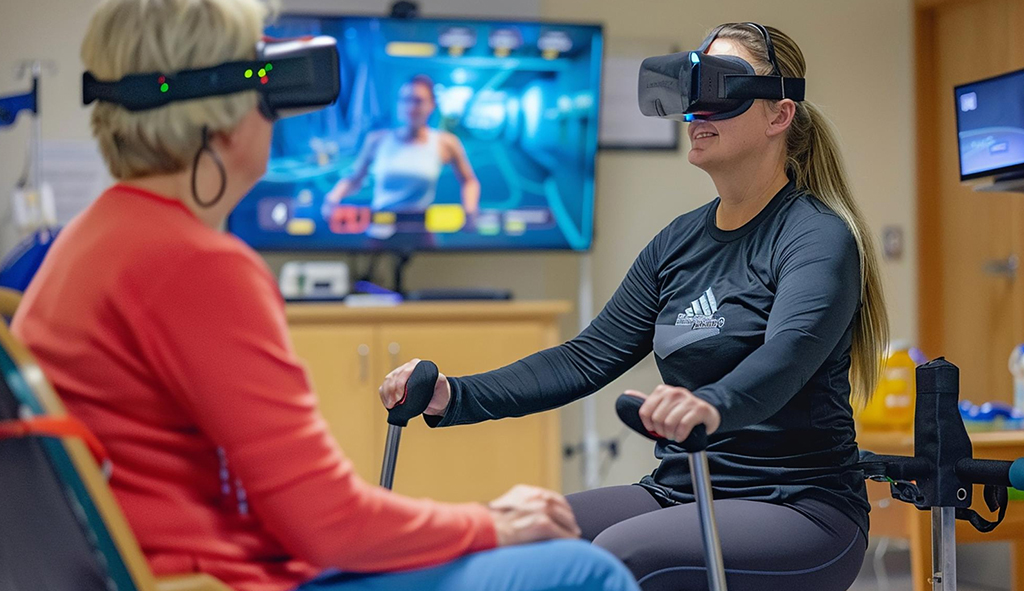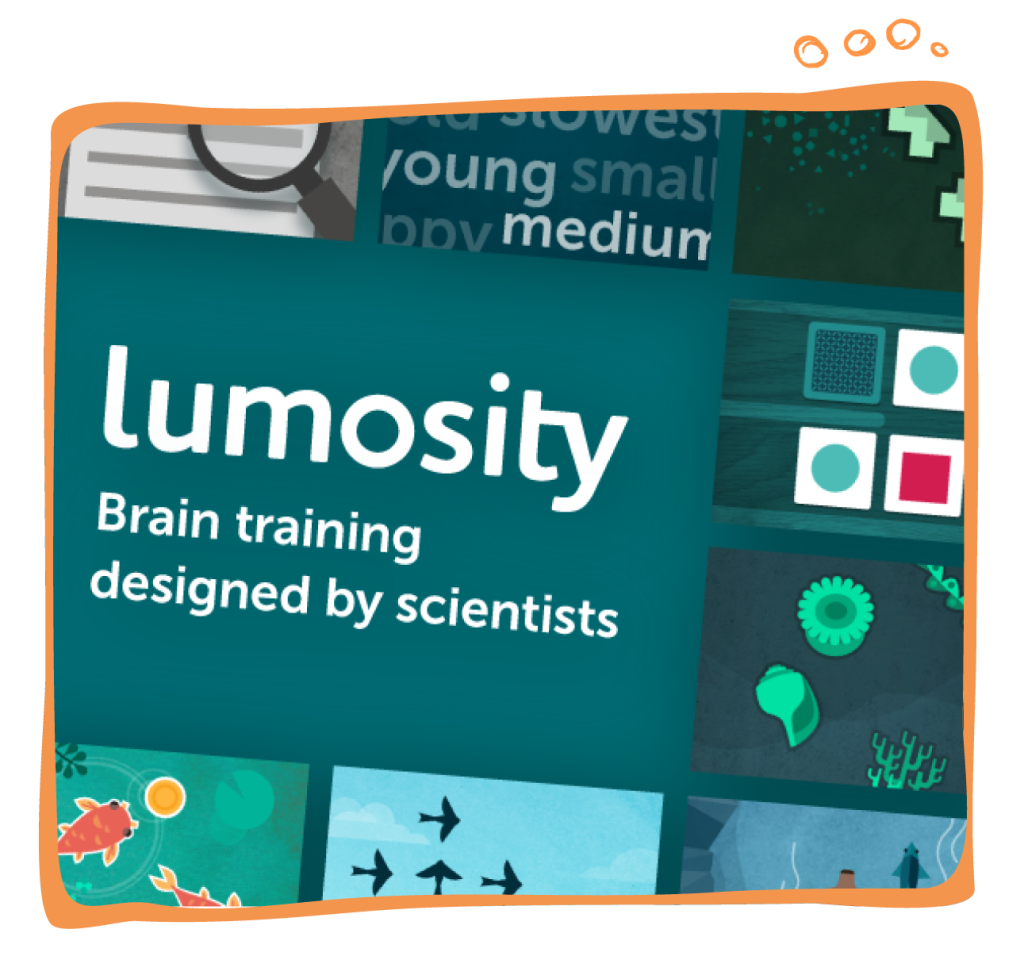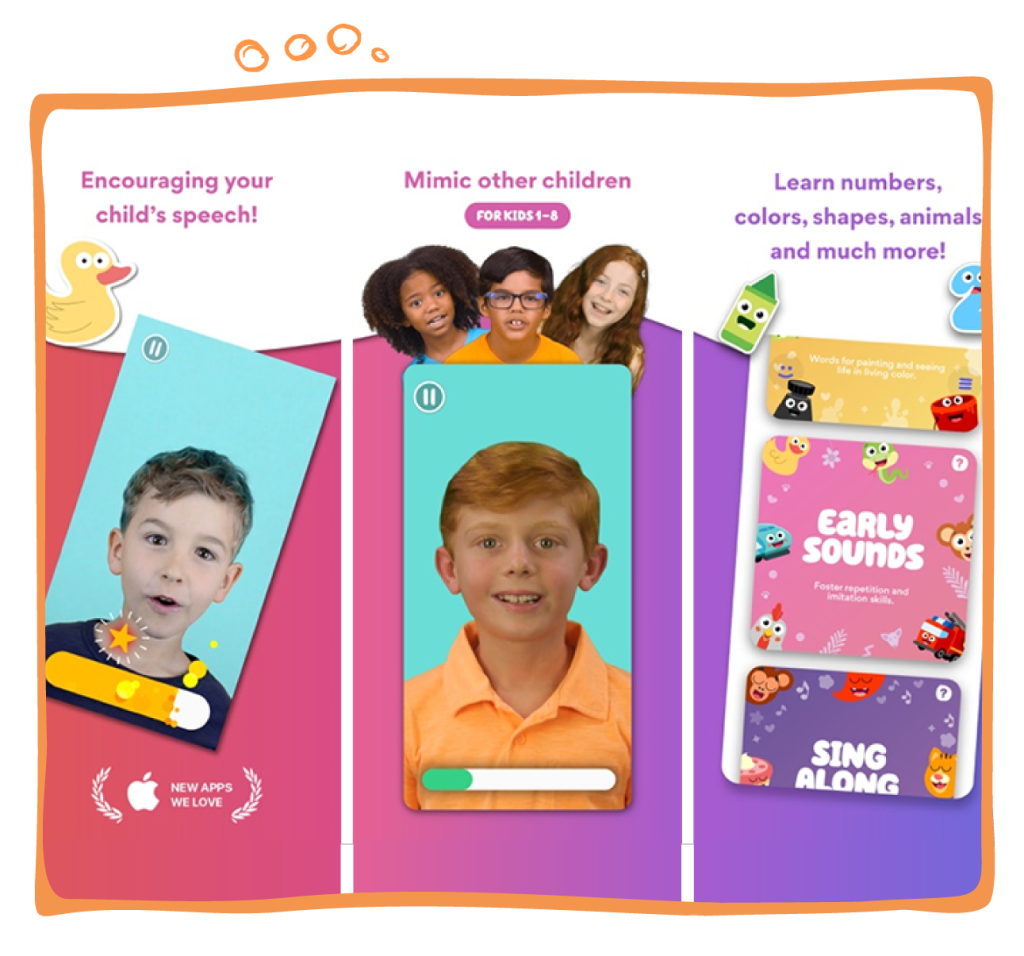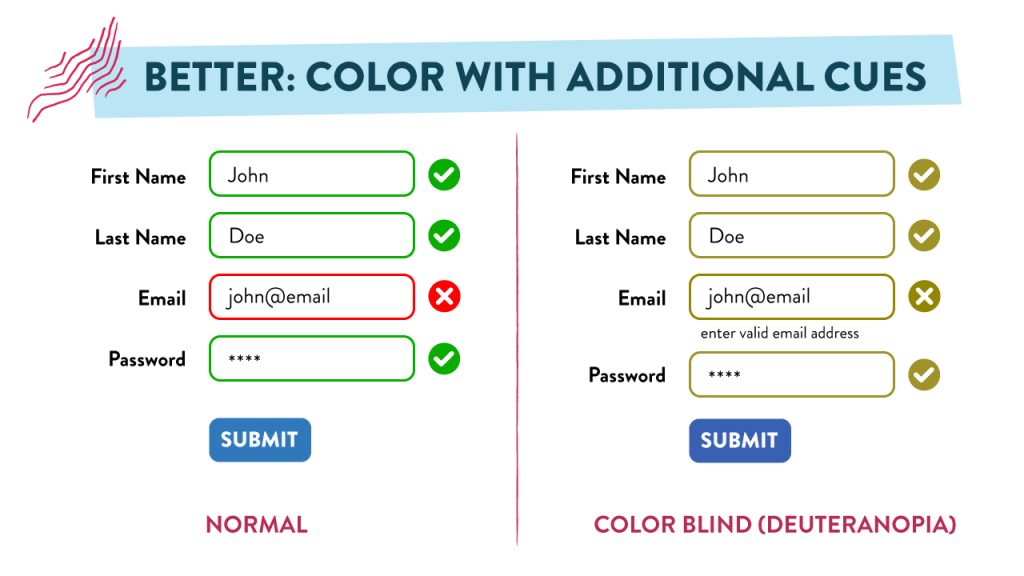Imagine you’re in a doctor’s office. You’re in pain, feeling vulnerable, and trying to explain something personal about your body. Then, the healthcare professional caring for you uses words that convey a lack of understanding. Maybe they make assumptions about you, ask questions that seem intrusive and irrelevant, or speak in a dismissive way that makes you feel invisible. In intimate settings like this one, language isn’t just a vehicle for gathering facts, it’s central to forging connection and trust.
The language healthcare workers use shapes how safe patients feel and how comfortable they are disclosing important health-related information. But for many LGBTQ+ individuals, providers’ persistent use of outdated and non-inclusive language makes healthcare settings unwelcoming and worsens health outcomes. And while there are many factors that affect the quality of care patients receive, including legal restrictions and differences in health beliefs, the kind of environment a provider’s language creates is a huge determinant.

Our People & Culture Specialist, Adriel Maroni, attests to the impact this conscientious use of language can have: “As someone who’s both part of the LGBTQ+ community and works in language services, I’ve seen firsthand how much of a difference the right words can make. Because it’s about showing you care about creating inclusive, respectful, and caring environments for the community.”
Medical professionals already have a strong understanding of the important role language access plays in properly caring for the over 67 million people in the U.S. who speak a language other than English at home; extending that understanding addressing the needs of queer patients, who make up 7.6% of the U.S. population, is the next step in promoting health equity. Providers can remove subtle language barriers by using simple, neutral, and inclusive language. If you’re wondering what that looks like in practice, read on!
From Theory to Practice
Healthcare teams, and the language professionals who support them, can employ inclusive language strategies to better meet the needs of LGBTQ+ patients. But these strategies are most effective when grounded in cultural competency: the ability to recognize, respect, and adapt to others’ lived experiences. A culturally competent team approaches interactions with humility and a genuine willingness to learn, acknowledging the impact of past discrimination, avoiding assumptions, and listening closely when patients share their identity and needs. When teams start with cultural competency, inclusive language strategies build on and reinforce the consideration they are already showing.
Using Gender-Neutral Language

One strategy health professionals can employ to create space for queer patients is to speak in gender-neutral terms. In English, some gendered terminology is used when referring to people and animals, and many languages, such as Spanish and French, have a grammatical gender system in which all nouns are classified as either masculine or feminine. To avoid making assumptions about gender, providers can opt for gender-neutral words such as “partner” instead of “husband/wife/boyfriend/girlfriend” and “parent” instead of “mother/father.”
Providers can also skip unnecessary gendered words, as in “The patient should continue taking [his or her] medications as prescribed” or use plurals to keep language neutral, as in “People with asthma should carry their inhalers with them at all times.” They can also rephrase thoughts using “the patient” instead of “he/she,” as in “The patient is in the waiting room” instead of “He is here for his appointment.”
Together, these techniques can lower the anxiety many LGBTQ+ patients feel when seeking care and encourage them to share their concerns more openly.
Respecting Names and Pronouns
Another way healthcare providers can show care for their queer patients is to respect their chosen names and pronouns, especially in the patient registration and admission process. Ensuring that all paperwork offers patients the opportunity to identify themselves as they see fit by, for example, including a write-in gender field, not just “male” or “female”, demonstrates a commitment to inclusivity. If a provider misuses a pronoun, they can make a brief, sincere apology and move on. This helps build trust and shows a willingness to improve. And, when names or gender markers don’t match official documents, providers can respectfully ask “Could the insurance be listed under a different name?” instead of asking for the patient’s “real” name, which can feel invalidating.
Providing Education

Inclusive language isn’t mastered overnight; using it effectively and consistently takes ongoing education and openness to growth. But improving health equity starts with improving education around language. Healthcare professionals, translators, and interpreters should all receive regular training to understand best practices that will allow them to provide inclusive, culturally responsive care.
Providers may at first feel inadequately prepared or lack confidence in their ability to use inclusive language. The good news is, patients don’t expect perfection; attentiveness and genuine effort go a long way. Adriel told us: “The most inclusive providers I’ve worked with aren’t the ones who know everything. They’re the ones who are willing to listen and learn.”
Caregivers can begin by using some of the strategies we have mentioned and giving themselves grace. And translators can do their part by paying close attention to the author’s intent. If the source text uses gender-neutral language, it’s likely a deliberate effort to be inclusive, so the final translation should preserve that tone by using equivalent gender-neutral language in the target text whenever possible.
Why It’s Worth the Effort
Inclusive language is about showing patients they belong. For LGBTQ+ individuals, thoughtful communication can be the difference between feeling dismissed and feeling safe. When healthcare teams and language professionals take the time to ask the right questions and listen with respect, we move closer to a system where every patient, regardless of language, identity, or background, receives informed, compassionate care.





























